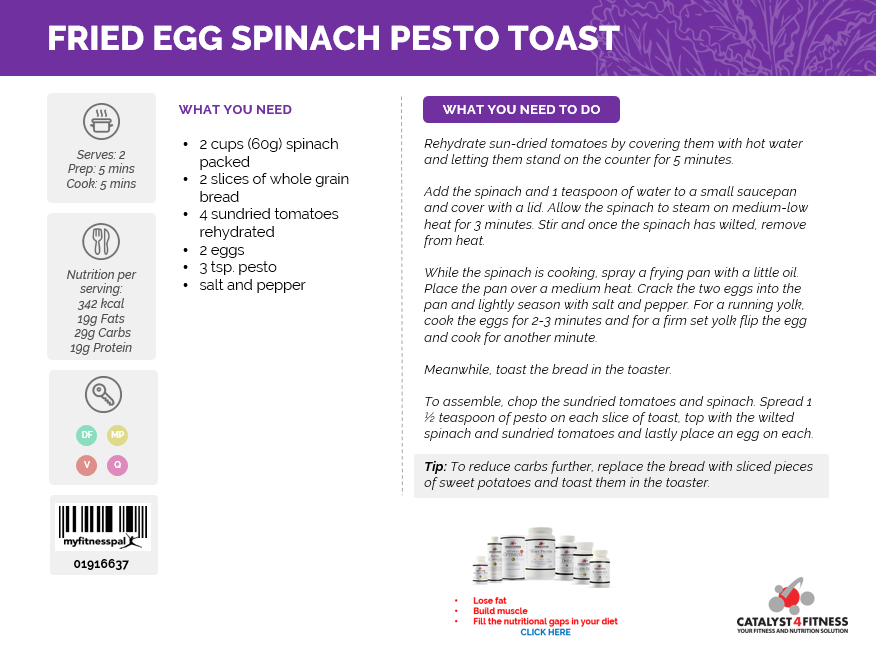Potent Protein Powder
Not all protein powder is created equal, and not all proteins are created equal.
A human body needs amino acids to break down food, grow, repair body tissue, and perform many other body functions. Some amino acids are considered essential and must be obtained from food because your body can not produce these. For this reason, it is important to know what foods give these to you.
If you are following my Meal Plans, you will see that many of the foods I encourage you to eat are included in this article. Additionally, protein powder can be the determining factor on whether you achieve your goals. I feel so strongly about this that I have introduced my own supplement line with a high quality whey protein, vegan protein, and collagen peptide protein powder.
You’ll see that the article copied below talks about soy. I am not a fan of soy. There is simply too much controversy around it for me to recommend it to my clients. Soy foods inhibit protein digestion, and eating as little as 30 grams per day can also result in hypothyroidism leading to sluggishness, fatigue, and weight gain.
Two other differences in opinion are that I classify nuts as healthy fats, not as a good source of protein. And, Greek yogurt is usually high in sugar, so I opt for any high protein, low sugar yogurt.
However, I’ve copied this article verbatim because it addresses proteins and their amino acid content very well.
Potent Proteins by Martina M Cartwright, PhD, RD
Not all proteins are created equal. We divide them into the “complete” proteins like soy and animal sources, which contain all nine essential amino acids (EAA), and the incomplete proteins found in most vegetables and grains, which lack one or more EAAs. This would seem to complicate life for vegans, but it turns out that building complete dietary proteins is easy for those who know how to “complement.”
Proteins are ranked according to amino acid content and digestibility, typically via the Protein Digestibility Corrected Amino Acid Score (PDCAAS). The highest PDCAAS for a food is 1.0, meaning that after digestion, it provides at least 100% of the recommended amount of essential amino acids per unit of protein. Whey, milk, casein, egg whites and soy all score 1. Vegetable proteins can be combined to create a perfect score (Schaafsma 2012).
Meat, Fish, Eggs and Dairy
Packed with all nine EAAs, animal proteins are complete proteins, abundant in essential nutrients like B12, calcium, zinc and iron. On the downside, higher-fat varieties contain artery-clogging saturated fats. Good choices include low-fat dairy and lean meats. An ounce of beef or chicken provides 7-10 grams of protein and a cup of milk contains nearly 8 grams. A large egg has 6 grams of protein, with nearly equal amounts in the yolk and white (USDA 2013).
Six ounces of yogurt has 6 grams of protein. Most Greek yogurts contain double the protein of regular versions. Yogurt also is a good source of calcium, B vitamins and live active probiotic cultures (NYA 2013).
Super Seeds
All seeds are incomplete proteins. Flax, sesame and sunflower seeds provide 2-5 grams of protein per ounce. Ditto with trendy hemp and chia seeds. Potent pumpkin seeds triumph with about 9 grams per ounce. Seeds are good sources of healthy fats, vitamin E and essential minerals like magnesium, copper and zinc (USDA 2013).
Nuts
Almonds, walnuts and cashews provide 6-8 grams of incomplete protein per ounce. Packed with healthy fats, fiber, vitamin E and minerals, nuts are an integral part of the Mediterranean Diet (Guasch-Ferre et al. 2013). Nut-rich diets can lower cholesterol (Damasceno et al. 2011); the FDA allows the claim, “Scientific evidence suggests, but does not prove, that eating 1.5 ounces per day of most nuts (e.g.: almonds, hazelnuts, peanuts, pecans, some pine nuts, pistachio nuts and walnuts) as part of a diet low in saturated fat and cholesterol may reduce the risk of heart disease” (FDA 2013).
Legumes
Alfalfa, clover, peas, beans, lentils, carob, soy and peanuts are well-known legumes. Of these, soy contains the most protein with about 43 grams per 100-gram (3.5-ounce) serving. Edamame, tofu and soy milk are complete vegan proteins (Hughes et al. 2011). Beans and lentils are good sources of incomplete protein, with the added benefits of high fiber and B vitamins.
Great Complements
If you shun soy and avoid meat, it’s still easy to create complementary proteins by mixing and matching vegetarian proteins like these:
Lima beans and corn
Rice and beans
Hummus on whole-grain bread
Whole grain noodles with peanut sauce
Beans and tortillas
Peanut butter on whole-grain crackers


